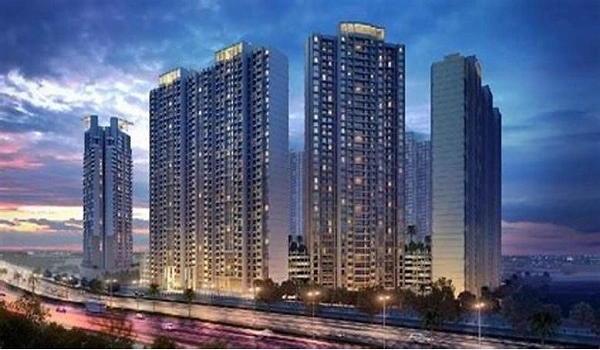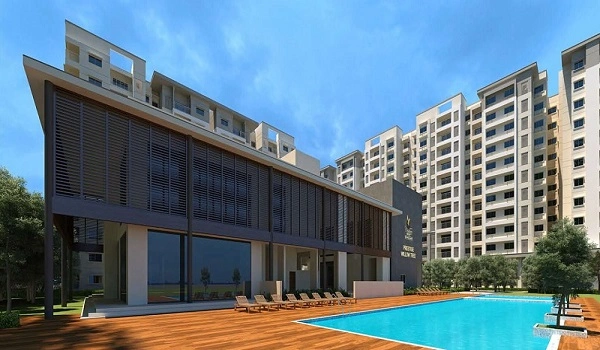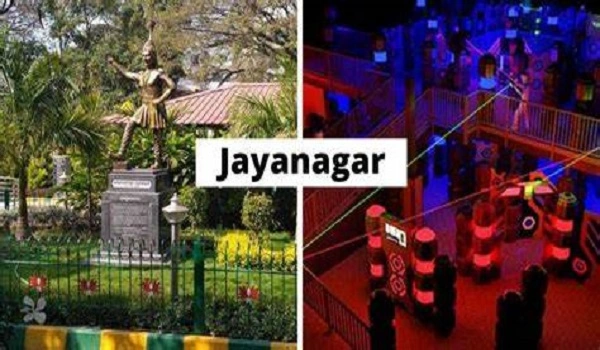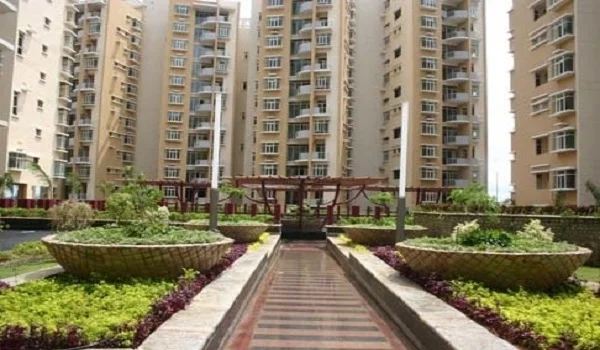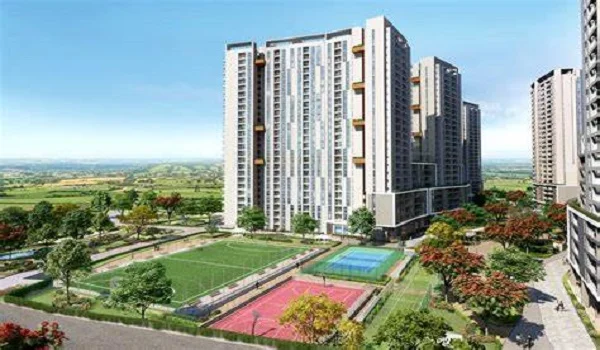Bangalore Population In Millions

Bangalore is the posh IT hub of South India, located in Karnataka the 3rd most populated city of the county. It has a population of 14 million in 2024 as per the reports. It is the 5th most populous urban city in India with a rising population. The city is one of the fastest-growing tech hubs that have witnessed a drastic population increase. The maximum population of the city works in the top IT parks and MNCS. There are over 67,000 registered firms that have attracted a huge number of people to live and work here. The city's good connectivity, pleasant weather, and top basic amenities have made it a populated place.
About Bangalore
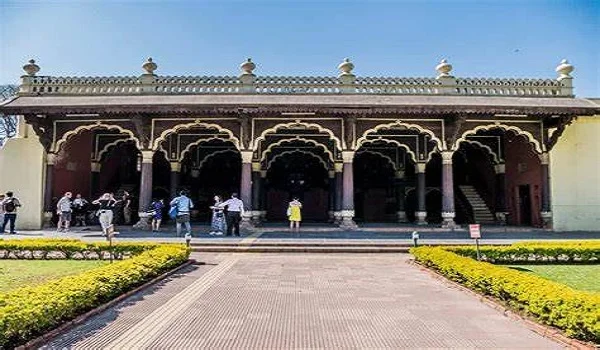
Bangalore is a populated city with more than 14 crore people living and working here. The city is famous for its tech industry and is the biggest IT exporter. It has headquartered big organizations such as ISRO, Infosys, HAL, and many other govt organizations. It is a prime choice for tech professionals as the city offers jobs for types of workers. The city's map shows that it covers an area of 740 sq. Km. that is divided into different sectors. It also shows the distance from one place to another. There are 5 zones in the city that are well-connected to each other by top road networks and the Namma metro line. There are BMTC buses for better access to any part of the city. Top schools, hospitals, malls, and hotels are all housed in the prime areas.
Year Wise Increase in Population of Bangalore
The population of the city increased post-independence after it attracted global firms to expand. Top builders changed the city's infrastructure and made it a top choice to reside in. Here is the population range from independence till date:
- 1947-1950: The population was 745,999
- 1991–2001: The population grew by 38% - 13 Lakhs
- 2001–2011: The population grew by 47% - 17 Lakhs
- 2013-2020: The population crossed 10 million plus
- 2021: 12,765,000, an increase of 3.55% from 2020.
- 2022: 13,193,000, increased by 3.35% from 2021.
- 2023: 13,608,000, a 3.15% rise from 2022.
- 2024 - The population grew by 55% and is 14 million
The population rose by 2.34% from 2023 to 2024 in the city and is projected to grow upto 20.3 million. This will be a 124.4% increase from 2011.
Bangalore's population density
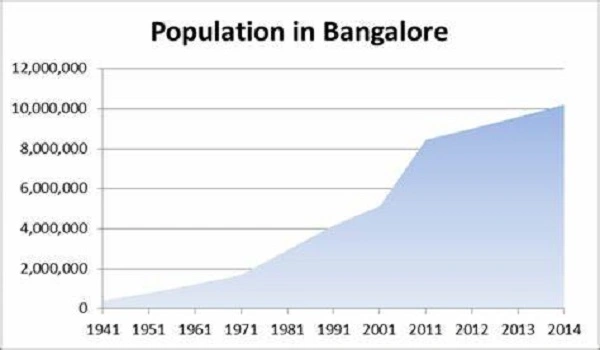
The city has more than 546 localities divided into north, south, east, west, and central zones. The avg population density of Bangalore's urban district is 4,378 people per sq. km. This makes it the most densely populated district in India. There are other villages, peripheral localities, and many more near the city that are home to a lakh people. Most of Bangalore's population lives in tech and industrial areas like Whitefield, E-city, Devanahalli, etc. These places have a huge population and are considered the ideal option for living and investing.
Karnataka's Population
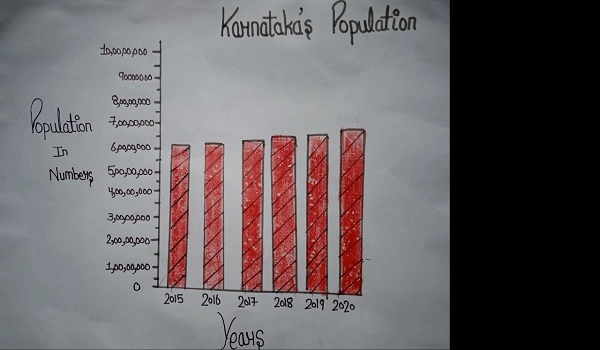
Karnataka is one of the premium states that islocated in Southern India. It has seen a huge population growth since globalization and has turned into the 8th most populated state. The current population here is 7.17 Crore and has risen upto more than 50% since the last census in 2011. The density of the state is 320/km2 (800/sq mi). More than 38.67% of the city is urban and has many popular cities. Karnataka was one of the first to lead in population control. It opened its first two birth control clinics in 1930 in Mandya district. Today, its capital, Bangalore, has an urban area that has grown three times faster than the rest of the state. It now holds 16% of the state's population alone.
Bangalore Population Division
The city is divided into 2 parts, mainly showing the division and density of the population, gender, and area. The district has an area of 2,196 sq. Km. and a total population of 9,621,551, which comprises:
- Males - 5,022,661
- Females - 4,518,890
The other division is based on the areas the city has
- Bangalore Urban District - The current population of the urban district in 2024 is 11,993,000.
- Bangalore Metro Area - The population of the metro area is 14,008,000 in 2024. This has increased upto 2.94% from 2023.
- Bangalore Rural Area - The population of the Rural District was 1,164,300. The population density was 441 people per sq. Km. in 2011 census.
Causes of population rise in Bangalore:
- Urbanisation - It has drawn people from rural areas and other states with the promise of jobs and city services. The outskirts of the city are also developing rapidly as many MNCs are developing their projects in these areas.
- Growth in the IT sector - The city's tech industry is thriving and houses over 67K firms from all over the world. People come here to work and have started settling down.
- Good connectivity - The city's Namma metro line, BMTC Buses, and smooth road network have attracted people. People can cut their time of traveling along with the costs.
- Many residential options - The city has evolved into the best living and investing place. Top builders like Prestige Group have reshaped the city's infrastructure and offer premium lifestyle options. The company recently launched its new project, Prestige Raintree Park. It is coming up in Whitefield and spans over 21 acres. There are many more villas and plotted developments in the city at affordable prices.
| Call | Enquiry |
